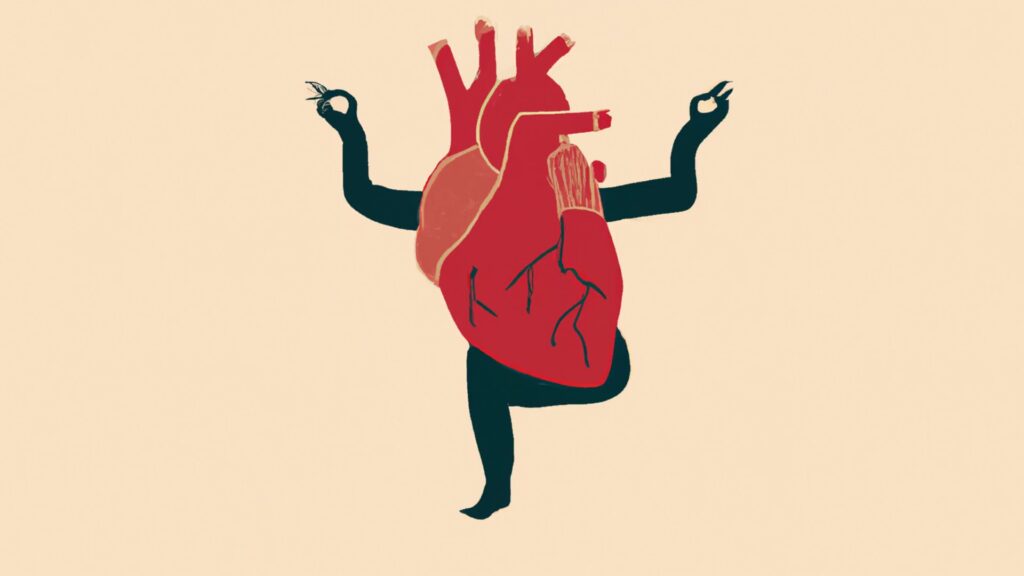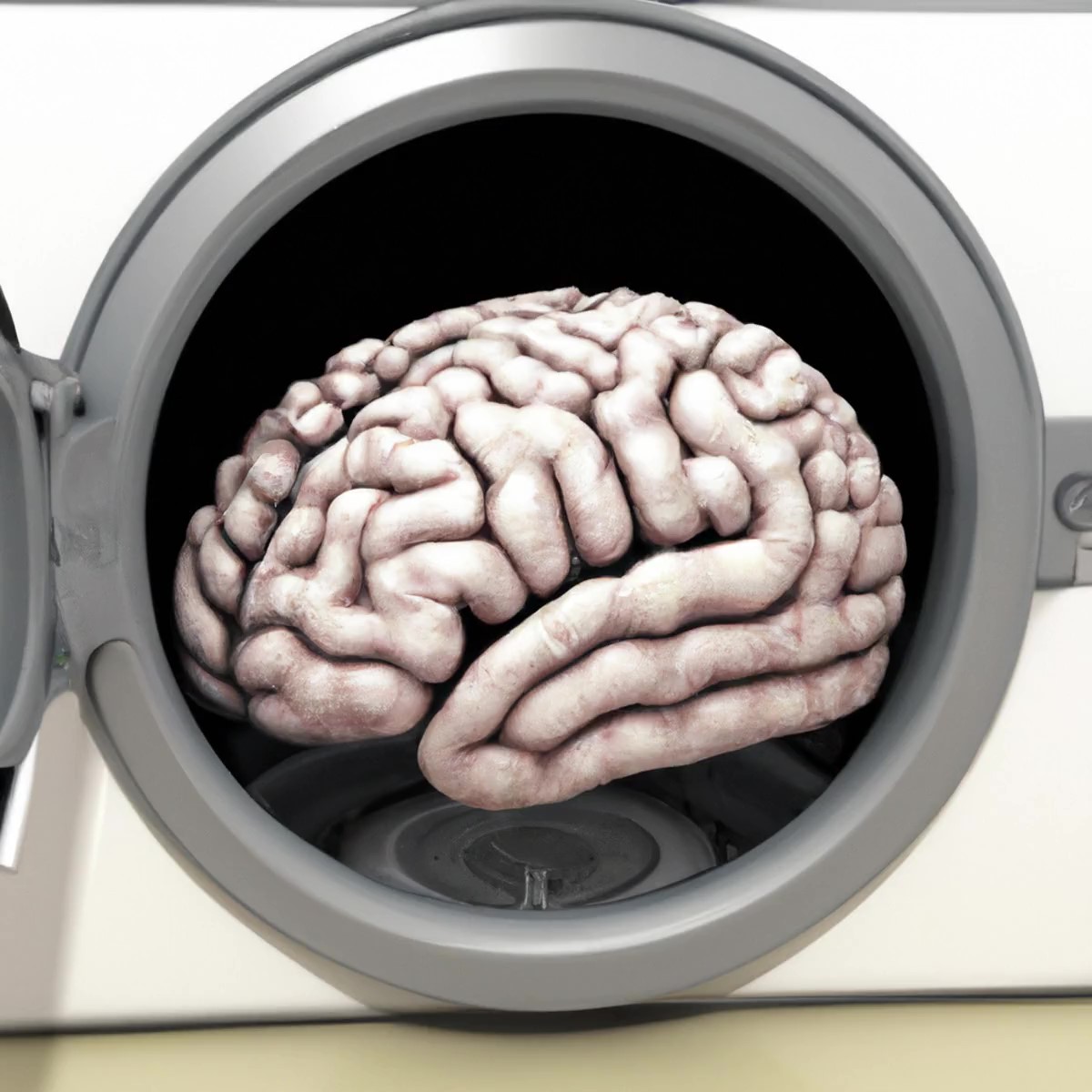From American College of Cardiology 28/09/23

Previous studies have shown that yoga therapy and lifestyle modifications have improved heart failure patients’ quality of life and enhanced their cardiovascular function.
A new study, presented at the American College of Cardiology Asia 2023 conference, examines the long-term outcomes of yoga therapy to determine the benefit of adding yoga therapy as a complementary treatment in the management of heart failure.
Heart failure is a form of cardiovascular disease where the heart muscle is either too weak or too stiff to pump properly, often leading to fluid buildup, shortness of breath and other complications.
The New York Heart Association (NYHA) Functional Classification system is the most used classification system to determine the severity of a patient’s symptoms.
The NYHA system places patients in one of four categories based on the limitations of their physical activity with Class I being the least severe and Class IV being the most severe.

Clinicians also measure ejection fraction to determine how effectively the heart pumps blood.
The study included 75 heart failure patients at a tertiary care center in South India, who underwent coronary intervention, revascularization or device therapy within in the previous six months to one year.
All of the patients included in the study were less than or equal to NYHA Class III and had been on optimized medical therapy for at least 6 months to one year.
To be included in the study patients had to be between 30 to 70 years old and have a left ventricular ejection fraction (LVEF) of <45%.
The interventional group included 35 participants (31 men and 4 women) and 40 (30 men and 10 women) were in the non-interventional group.
The interventional group received yoga therapy and guideline-directed medical therapy, while the non-interventional group only continued with standard guideline-directed medical therapy.
Echocardiographic parameters were compared at various follow-ups to see the impact of yoga therapy on heart failure patients.

“Yoga is a combination of mind-body techniques, which is a set of physical exercises [asana] with breathing techniques [pranayama], relaxation and meditation that can be effectively used to stimulate physical and mental well-being,” said Ajit Singh, PhD, research scientist for the Indian Council for Medical Research at Kasturba Medical College & Hospital, Manipal Academy of Heart Education in Manipal, India, and the study’s lead author.
“Our patients observed improvement in systolic blood pressure and heart rate compared to patients who were on medication without yoga.”
Participants in the yoga group were taken to the Department of Yoga at the hospital and an experienced yoga therapist taught selected yoga therapy like pranayama, meditation and relaxation techniques.
Each session lasted around 60 minutes and participants were supervised for one week at the training center before being asked to continue self-administered yoga at home.
Those in the yoga group were advised to perform yoga at least five days a week for 12 months.

At the training center all the participants were taught together to perform the same steps, but individual support was available.
Researchers measured quality of life improvements using the World Health Organization Quality of Life questionnaire, which uses 26 questions to evaluate quality of life in four aspects: physical, psychological, social and environmental health.
The participants completed the questionnaire at enrollment, as well as at 24 weeks and 48 weeks of follow-up.
According to the researchers, the study showed participants in the yoga group had improvement in endurance, strength, balance, symptom stability and quality of life.
They also observed that while patients improved physically and psychologically, there was no improvement in social and environmental health.
Echocardiographic parameters did not show any significant differences between the two groups at baseline.
At both the six- and 12-month follow-up improved biventricular systolic function was seen in the interventional (yoga) group compared to the non-interventional group.
The interventional group also showed substantial improvement in functional outcomes as assessed by NHYA classification.
“This study proves that the addition of yoga therapy to standard medical management of heart failure leads to an improvement in left ventricular systolic function and quality of life in heart failure patients,” Singh said.
“Hence, yoga therapy may improve physical well-being and left ventricular function among heart failure patients on guideline-directed optimal medical therapy.”
More info



